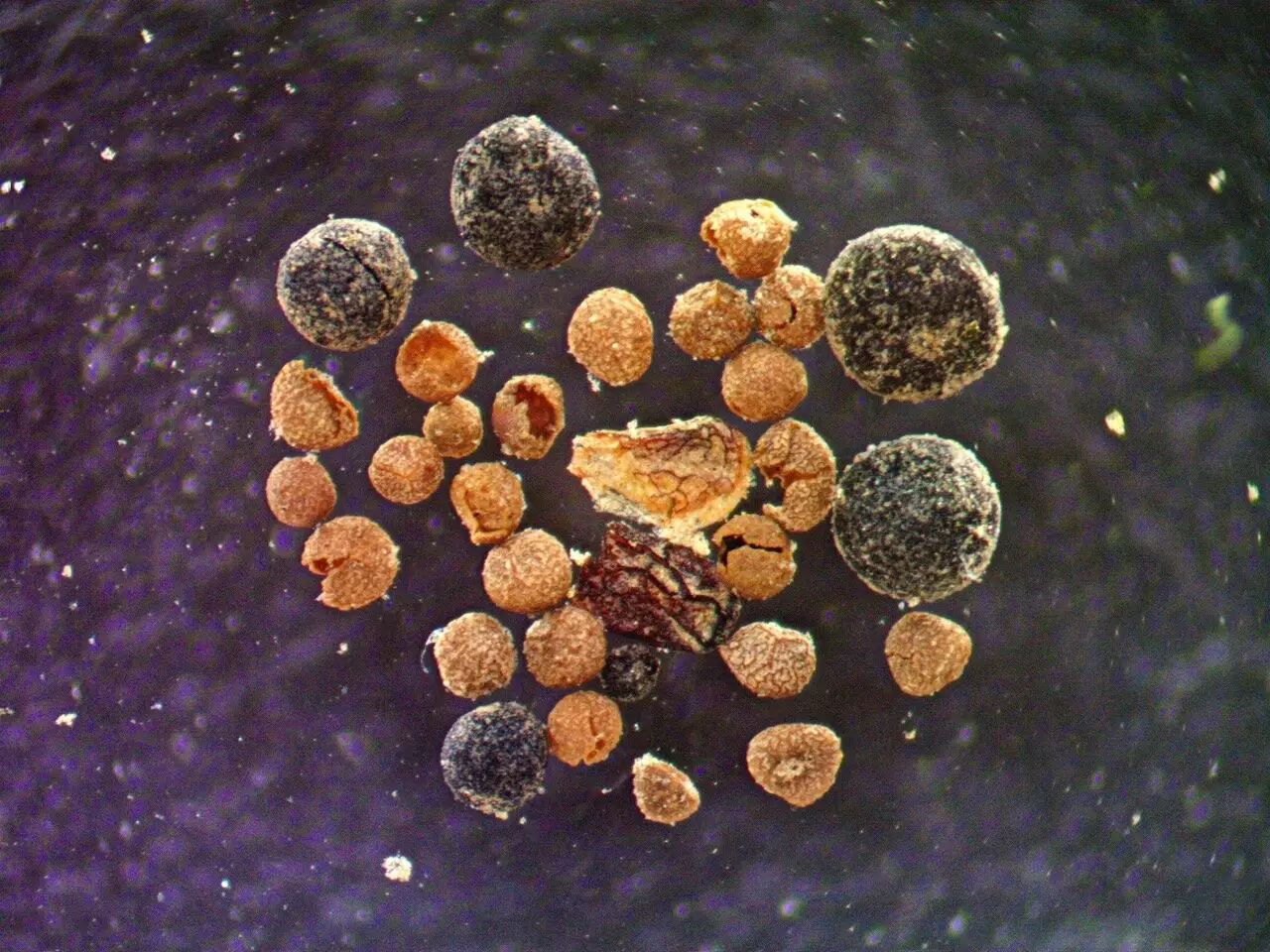Greenland is often perceived as an inhospitable land blanketed in ice, but recent scientific revelations challenge this assumption by unveiling a more verdant past. A study released in the *Proceedings of the National Academy of Sciences* presents compelling evidence that during a previous geological era, Greenland was characterized by a flourishing tundra environment. At the heart of this groundbreaking research is a core sample taken from the Greenland ice sheet, which reveals that beneath its icy surface lies not just rock, but also a rich and diverse tapestry of life that once thrived there.
The study emerged as researchers revisited an ice core from the Greenland Ice Sheet Project 2 (GISP2), preserved for three decades in a Colorado facility. By analyzing just a few inches of sediment, the team discovered remnants of willow wood, insect fragments, fungi, and even a poppy seed. This astonishing find not only highlighted the existence of soil but suggested a thriving ecosystem in a region long thought to be perpetually frozen. Paul Bierman, a climate scientist at the University of Vermont, aptly summarized the paradox: “These fossils are beautiful…but, yes, we go from bad to worse,” reflecting the alarming implications of this discovery for our understanding of climate change and its effects.
As alarming as it is fascinating, the evidence of a once-greener Greenland serves as a crucial indicator of the destabilizing effects of climate change. The new findings imply the ice sheets are far more vulnerable than scientists had previously appreciated. If the core center’s ice melted in the past, it stands to reason that much of the surrounding ice experienced similar conditions. This raises significant concerns over sea-level rise, a topic of pressing concern given the pace of contemporary climate change.
Richard Alley, a prominent climate researcher, emphasized the implications of the findings, noting a historical precedent of ice melting without extreme warming conditions. The rapid melt currently observed in Greenland and the consequent rise in sea levels—now accelerating by over an inch per decade—underscore a worrying trend. Projections indicate that if greenhouse gas emissions remain unchecked, the complete thawing of Greenland’s ice could lead to an unimaginable 23 feet of sea level rise over the next few centuries, inundating coastal regions across the globe and decimating human habitats.
Previous research conducted in 2016 laid the groundwork for the new study, suggesting that the current Greenland ice sheet might be as recent as 1.1 million years old and faced prolonged periods of melting during the Pleistocene epoch. This prompted a paradigm shift, challenging the long-standing belief that Greenland’s ice was untouchable and stable throughout eons. The subsequent findings from the Camp Century ice core reinforced this narrative, revealing organic materials that dated back to within the last 416,000 years.
In light of these revelations, the urgent question arises: If Greenland’s ice has melted before under less extreme warming conditions, what does that mean for our present scenario? This research provides a stark reminder of the potential for catastrophic change if humanity does not act decisively against climate change. The desire to delay understanding or action is increasingly untenable.
Peering into the sediment from GISP2 has provided tantalizing clues about ancient Greenland. The meticulous study of various organic materials revealed that not only did flora establish itself, but insects thrived in this Arctic environment. The presence of Arctic poppy seeds, alongside other macrofossils like spore remains and insect parts, paints a vivid picture of an ecosystem robust enough to adapt to cold environments. Yet, the question lingers: How could such a rich tapestry of life have existed in what is now a frozen desert?
Halley Mastro, a graduate student involved in the study, recounted the momentous realization of these findings. “It was amazing…what had looked like no more than specks,” she noted, alluding to the meticulous work of untangling fragments of ancient life within the core. The research underscores a fundamental truth: ecosystems have wondrous adaptability, but they are not invulnerable to the sweeping changes wrought by human activities.
The climate crisis calls for immediate and sustained action. As scientists paint a more complex picture of Greenland’s history, the need to reevaluate current environmental policies becomes paramount. The time for complacency has passed; humanity must commit to reducing greenhouse gas emissions to avert the impending climate crisis. The consequences of inaction are stark and unforgiving, putting coastal cities and millions of livelihoods at risk.
As we uncover the story of a greener, livelier Greenland buried beneath ice, let it serve as both a warning and a clarion call. The rich past of this remarkable land underscores the fragile balance of our climate, reminding us that our choices today shape the ecosystems of tomorrow. The hope remains that we learn from these revelations—before it’s too late.

